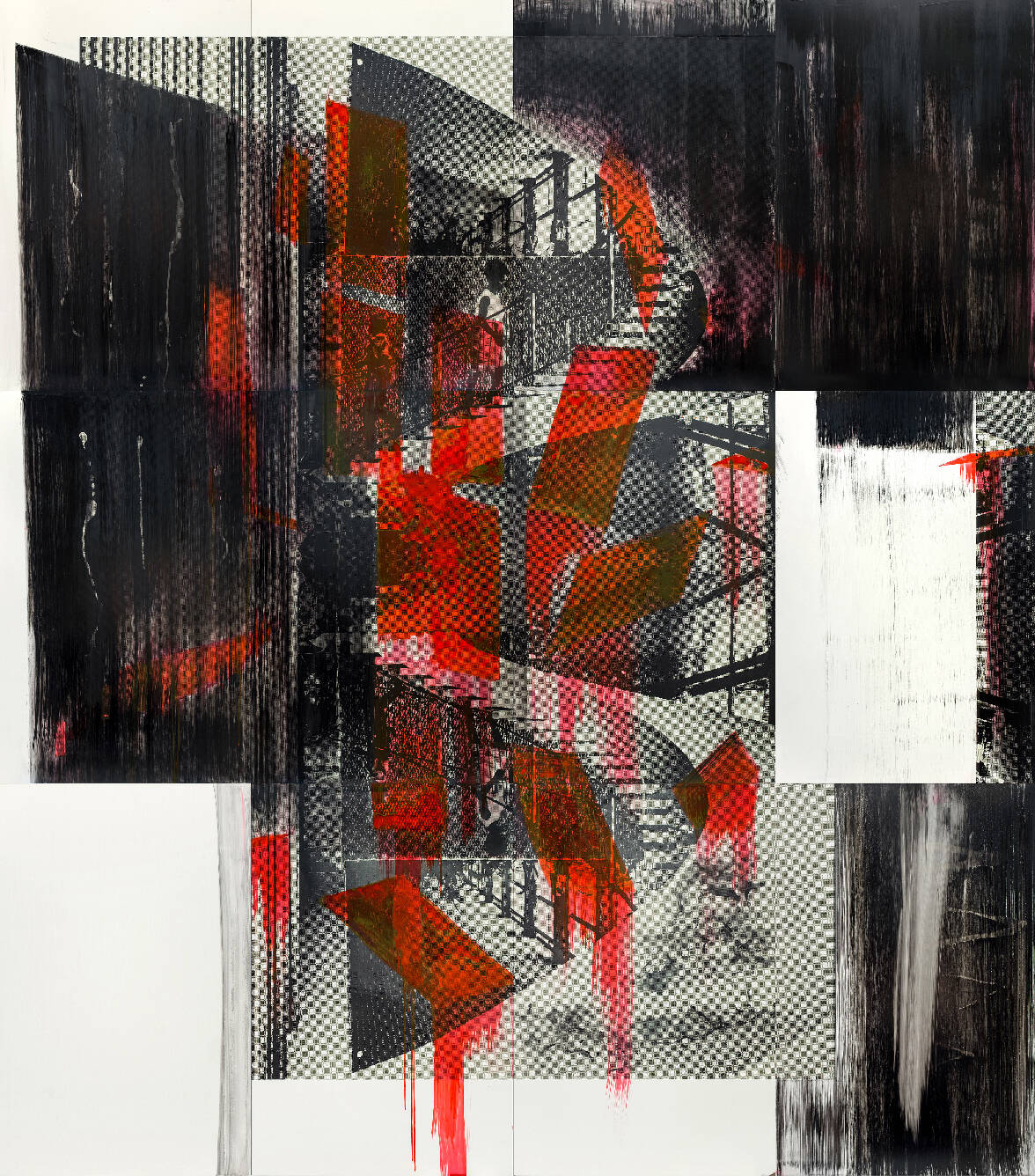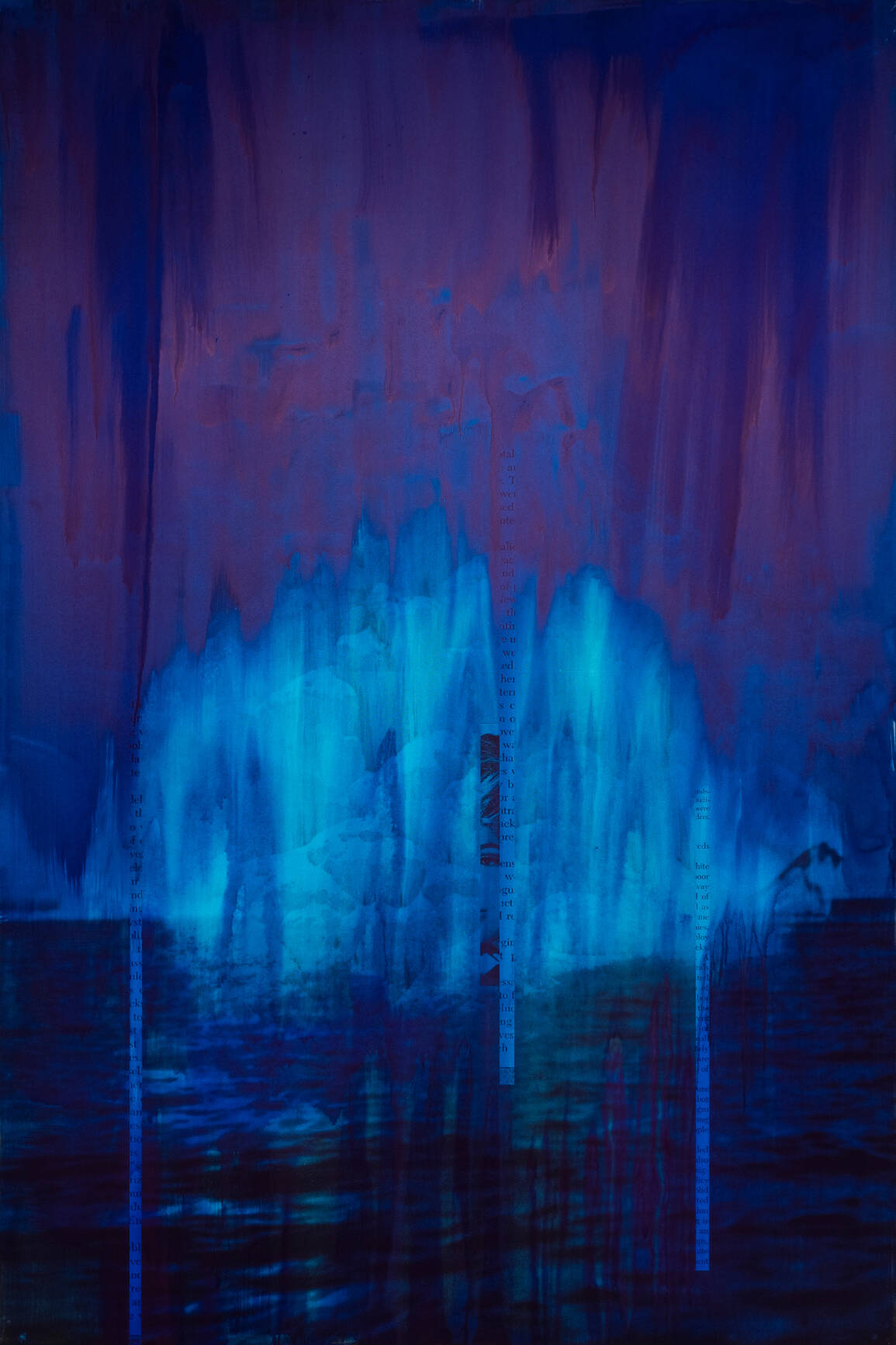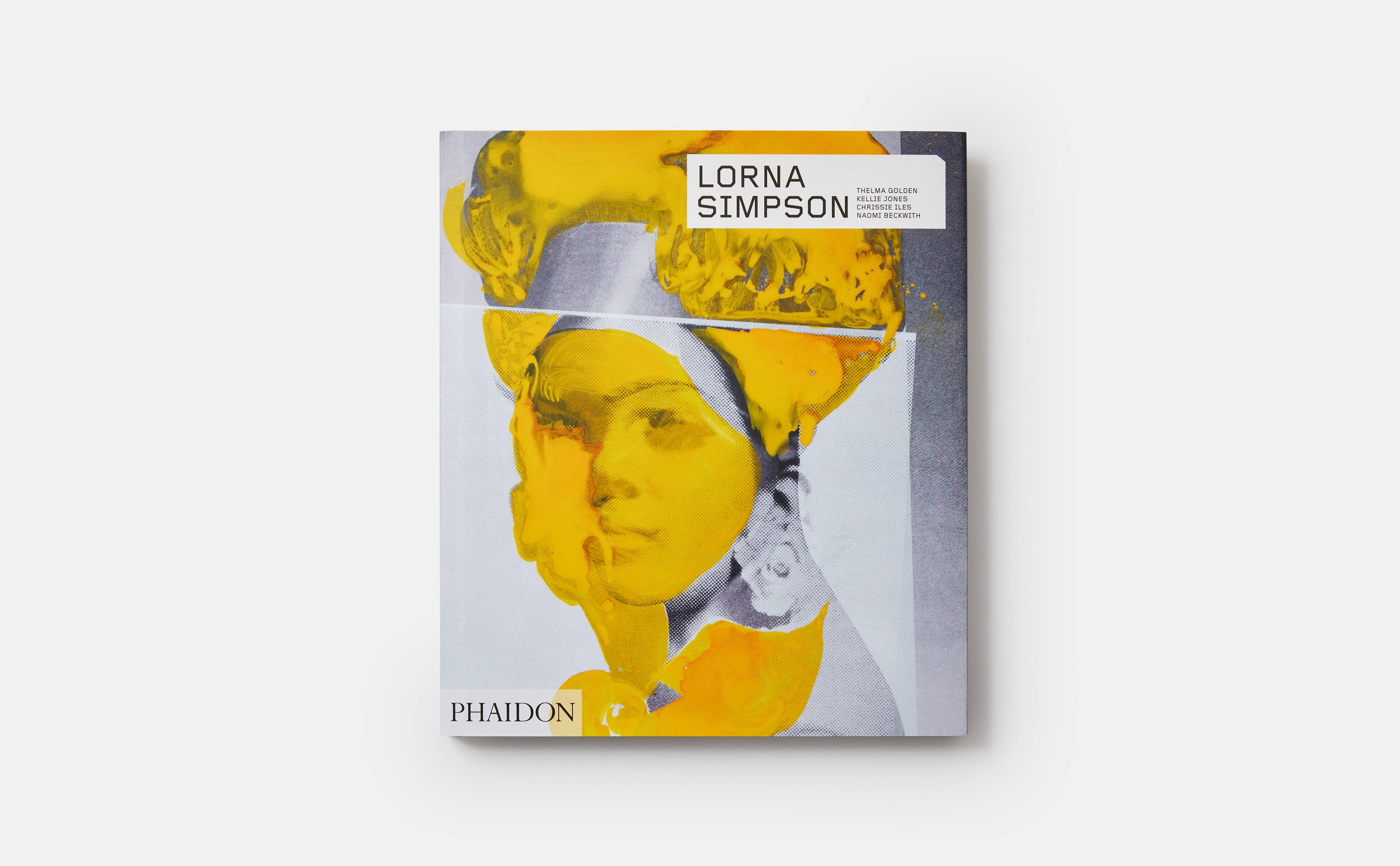
Painting, race and Lorna Simpson
Though the artist’s canvases reference Duchamp and German romanticism, racial politics are never far below the surface
Lorna Simpson did not find fame as a painter. The New York artist received her BFA in photography in 1983, and soon gained a reputation for her photos, films and collages. Yet, like photographers, all artists develop, and having worked silkscreens, ink washes and hand-painted elements into her compositions, it made sense, in 2015, to begin to present some of her pictures as bonafide paintings.
Our newly updated Lorna Simpson book pinpoints the point at which Simpson made her debut as a painter. It was the 2015 Venice Biennale, which was overseen by the late, great curator, Okwui Enwezor.
“Simpson presented several canvases, mostly ghostly female figures,” writes the Guggenheim Museum’s Naomi Beckwith in our new book. “The women appear as mythical creatures in dark, oneiric backgrounds; one is an upright cheetah dominating a four-legged humanoid pet, others are eerie and lifelike but not alive. Dark, shadowy backgrounds recall Helen Frankenthaler’s pours and drips, manifesting motion, action and paint as liquid and viscous washes rather than solid and illusory. Everything looks haunted and, on closer inspection, the works bear the marks of cutting, cropping and suturing.”
Simpson continues to paint, combining silkscreened elements with hand-rendered elements, to occupy “the realm of semi-mechanized painting practice, where image reproduction technologies and manual painterly gestures meet.”
“In so doing she joins other artists, such as Christopher Wool, Richard Prince and, most famously, Andy Warhol, whose appropriated images and silkscreen practices pushed against the idea of the genius of authorship in painting histories,” Beckwith goes on. “Unlike these men, however, Simpson remains invested in the ways in which race intervenes into and disrupts the readings of these techniques by introducing these intersecting practices to Black figuration.”

Lucid (2020) by Lorna Simpson
Indeed, many of these later works include direct references to key junctures in American race relations, such as the hosing-down of civil-rights protesters in Birmingham, Alabama, in May 1963; or the devastation wrought by the 1967 Detroit uprisings against police brutality.
However, Simpson doesn’t limit herself to such material; she also picks up on tropes from art history, such as the ‘figure descending a staircase’, made most famous by Duchamp’s painting. A source of inspiration for three Simpson works works, the final one, Soundlessness, from 2016, combines a black-and-white image of a flight of stairs from a 1976 edition of Ebony magazine, alongside”hand-painted geometric shapes that zip across the surface – recalling the kinetic forms in a Julie Mehtretu or Zaha Hadid painting,” writes Beckwith.
The artist also reaches further back into art history with her Artic series: icy land and seascapes such as Lucid (above) which, though they include scraps of texts from Black-interest Ebony or Jet magazines, hit, as Beckwith puts it, “a trill dramatic notes from German Romanticism to Ansel Adam panoramas.”

Lorna Simpson. Photograph: James Wang
“The paintings are saturnine monochromes, mostly overpainted in nocturnal blues, encapsulating Edmund Burke’s aesthetic ideas of the sublime: dark, vast, awe-inspiring. Yet Burke’s late eighteenth-century discourses, built around the ‘natural’ orders of race and gender, could not apprehend ‘the terror and ambivalence which surrounds the image of the black female’ and literally relegated the Black female body outside each established aesthetic category,” explains Beckwith. “Where, then, is the Black woman in Simpson’s landscapes? Resolutely embedded, often as a shadowy figure, slowly coming into focus as part of a zip of text extracted from Ebony or Jet. Simpson’s paintings reinscribe that figure back into Saidiya Hartman’s interpretation of the ‘abject sublime’: ‘The beauty of this black thing borne of terror.’”

Lorna Simpson
To see more of these sublime images, as well as much more besides, order a copy of our newly updated Lorna Simpson book here.